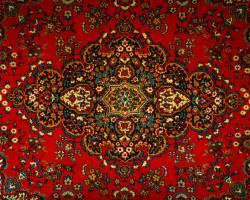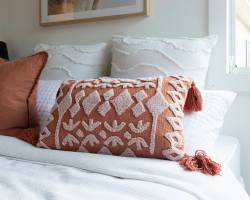
How Fashion Became a Form of Soft Power
Fashion isn’t just about fabric anymore. It’s about visibility, influence, and image-building on a global scale. From political figures to pop stars, the way someone dresses can sway public opinion, ignite movements, or subtly reinforce dominance. Once seen as frivolous or purely aesthetic, fashion has become a tool of soft power—less about brute force, more about shaping perception. So how did clothes come to carry this much weight?
First Impressions, Global Edition
In diplomacy and media, appearance is the first—and sometimes only—statement. A well-tailored suit, a traditional garment, or even the choice not to play by fashion’s rules can telegraph values, alliances, and intent. Think of Michelle Obama’s strategic designer choices, Queen Rania’s balance of modernity and modesty, or even Zelensky’s now-iconic military green tee—these aren’t random. They’re visual diplomacy.
In a hyper-connected world, your outfit can go viral before your speech does.
The Rise of the Fashion Politician
Gone are the days when world leaders dressed purely for practicality. Today, their fashion choices are curated, commented on, and culturally loaded. When Jacinda Ardern wears local designers, it signals economic support. When Kamala Harris wears Converse, it telegraphs relatability. When African heads of state attend summits in bold native prints, they’re asserting heritage and pride.
Fashion becomes a form of soft nationalism—less about flags, more about fabrics.
Cultural Currency in Celebrity Style
Celebrities, too, wield fashion like a diplomatic passport. When Rihanna wears Fenty on the red carpet, she’s not just selling a product—she’s reinforcing a Black-owned empire. When BTS wears Korean designers during U.S. promotions, they’re exporting national culture in wearable form.
Style becomes strategy. And in a world where eyes are currency, visibility equals power.
Fashion Weeks as Global Messaging Tools
Fashion weeks aren’t just industry events anymore—they’re geopolitical stages. Paris signals heritage. Milan says luxury. Seoul and Shanghai? Ascendance. Governments know this. That’s why countries invest in designers, sponsor pavilions, and host press tours. The goal? Cultural prestige.
Because when your country’s designers are dressing stars or going viral on TikTok, you’re not just exporting clothes—you’re exporting influence.
Style as Resistance, Too
Not all fashion power is soft or state-sanctioned. Protest dressing is a tool of defiance. Hijabs as identity, safety pins as solidarity, black outfits at awards shows—these statements matter. They disrupt, they draw attention, and they stick in the collective memory longer than most headlines.
Sometimes, the quietest acts—like wearing a garment deemed “inappropriate”—become the loudest resistance.




